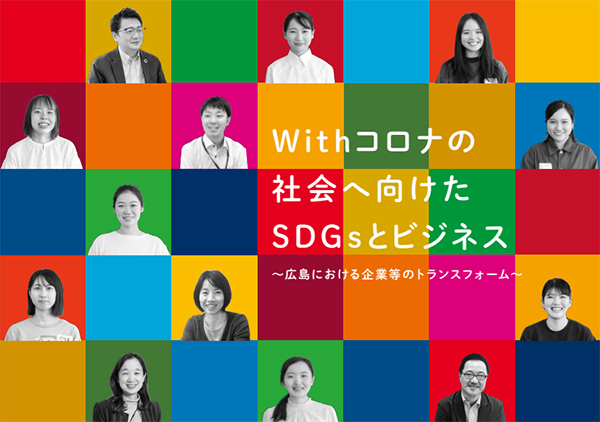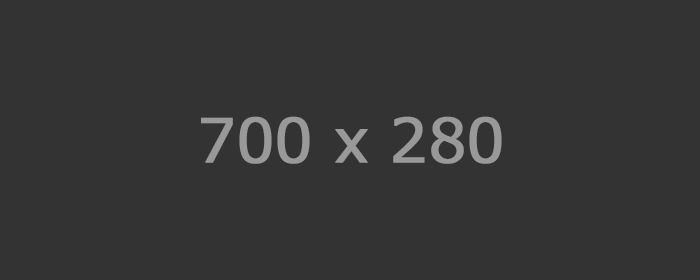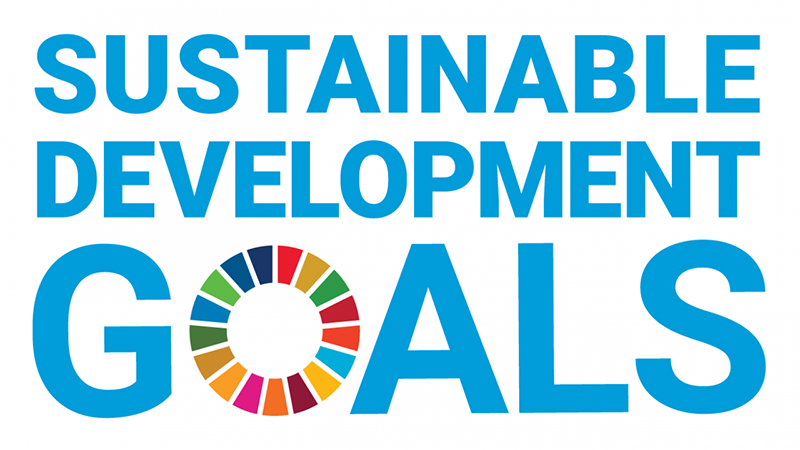
Hiroshima Prefecture Local Guide Biz
Hiroshima Prefecture Local Guide Biz is a website that introduces information about Hiroshima Prefecture in a directory format. This site provides information about restaurants, stores, companies, organizations, exhibitions events, famous sightseeing spots, demonstration experiments. It is an information site that supports the Hiroshima’s local community by providing information. Now, we are looking for volunteers to work with us! 日本語は こちらで です。
Population
Hiroshima Prefecture has two large metropolitan areas, the Hiroshima metropolitan area and the Fukuyama metropolitan area, with a population of approximately 2.804 million (2018). It has the 12th largest population among the 47 prefectures, and the largest among the Chugoku region (Hiroshima, Okayama, Yamaguchi, Shimane, Tottori) and the Shikoku region (Tokushima, Kagawa, Ehime, Kochi). Population (from 2018 Population Ranking by Prefecture).
Industries
The industrial areas of the Seto Inland Sea (including Hiroshima, Okayama, Yamaguchi, Kagawa, Ehime, etc.) are dotted with many port towns, so the shipbuilding, automobile, and textile industries have prospered, as well as petroleum complexes and ironworks. Then, coastal industrial zones were created in various parts of the Seto Inland Sea, and heavy and chemical industries developed. On the other hand, it is also blessed with abundant nature of the sea and mountains, and agriculture (mandarin oranges, hassaku, lemons, grapes, rice, figs, etc.) and fishing (oyster farming) are also thriving.
GDP and Industrial Structure
The GDP of Hiroshima Prefecture is approximately 11.352 trillion yen, which is the 12th largest among the 47 prefectures and the largest in the Chugoku and Shikoku regions. Hiroshima Prefecture’s industrial structure, centered on transportation machinery such as automobiles and shipbuilding, as well as the steel industry, consists of primary industries (agriculture and fisheries) at 0.7%, and secondary industries (mining, manufacturing, and construction) at 0.7%. 32.7% and the tertiary industry accounted for 66.3%, but the manufacturing industry in the secondary industry accounted for 27.3% of the total production.
Number of Tourist Visitors and Unit Consumption
In terms of tourism, the number of domestic tourists visiting Hiroshima in 2019 was about 22.87 million, which is the 12th largest number among 47 prefectures, but the unit consumption per person is 17,000 yen. And the 38th prefecture with a low consumption unit price. On the other hand, the number of foreign visitors to Japan is about 904,000, making it the 15th most popular prefecture in Japan. It was ranked 22nd in terms of unit consumption by foreigners. (From the 2019 ranking of the 47 prefectures by Japanese and foreign visitors to Japan)
Contents Zone
Coming Soon

県内企業・団体とさまざまな取組を進め、SDGsの推進を強化する広島県
広島県 は2021年3月に 広島県SDGs未来都市計画 (2021~2023) を策定し、SDGsの目標である2030年に向けて「2030年のあるべき姿」を打ち出しています。平和で持続可能な国際社会に向けて、1) 民間セクターが公的課題の解決に貢献していくプロセスへの参画を促す取組、2) 若者の平和への参画を促す取組、3) 観光、留学生、空き家をキーワードとして、県下全域で様々な持続可能な平和促進モデルを具体化する。っとあります。
また広島県は、2018年から環境省中国環境パートナーシップオフィス(EPOちゅうごく)と共催で、SDGs (持続可能な開発目標) の達成に向けて、地元企業によるSDGsビジネスの魅力的な取組を取りまとめ、広島県内外の方に広く紹介する事例集を制作しています。このような取組を広島県内外へ情報発信することで、SDGsの取り組みの推進につなげていくことを目指しています。
特別編 (2020年度版)、事例集2019年度版、事例集2018年度版

広島でSDGs未来都市に選ばれた市町村
広島県は、2018年度に内閣府の「 SDGs未来都市 」として選定されました。広島県が提案した主な内容は、1. 平和の取組を生み出すプラットフォーム広島の構築、2. ビジネスセクターのSDGsへの参画の促進、3. 平和・SDGs貢献人材育成強化プラットフォームの形成、です。詳細はこちらからご覧になれます。県内の市では、広島県東広島市が2020年度のSDGs未来都市に選定されています。
中部地方ではこの「SDGs未来都市」選定された県は2021年9月時点では広島県だけです。広島以外では岡山県内の4つの市・村 (岡山市、真庭市、西粟倉村、倉敷市) が、中部地方では最も多くSDGs未来都市に選定され、うち3つ (真庭市、西粟倉村、倉敷市) が自治体SDGsモデル事業にも選定されています。
広島県のSDGs活動!イベントとSDGsに貢献している企業
広島県は、「国際平和拠点ひろしま」というポータルサイトを立ち上げています。その中のコンテンツで「SDGs (持続可能な開発目標) と平和」というコーナーを設け、SDGsに関する取り組みの情報を配信。
また、企業によるSDGsへの取り組みの推進を活性化することを目的に、広島を基点としたSDGsに関連するビジネスの具体的な取組の創出を図るため、SDGsに寄与するビジネスコンテスト「広島ピース・スタートアップ・アワード」を2018年から実施しています。
Supporter / Sponsors




